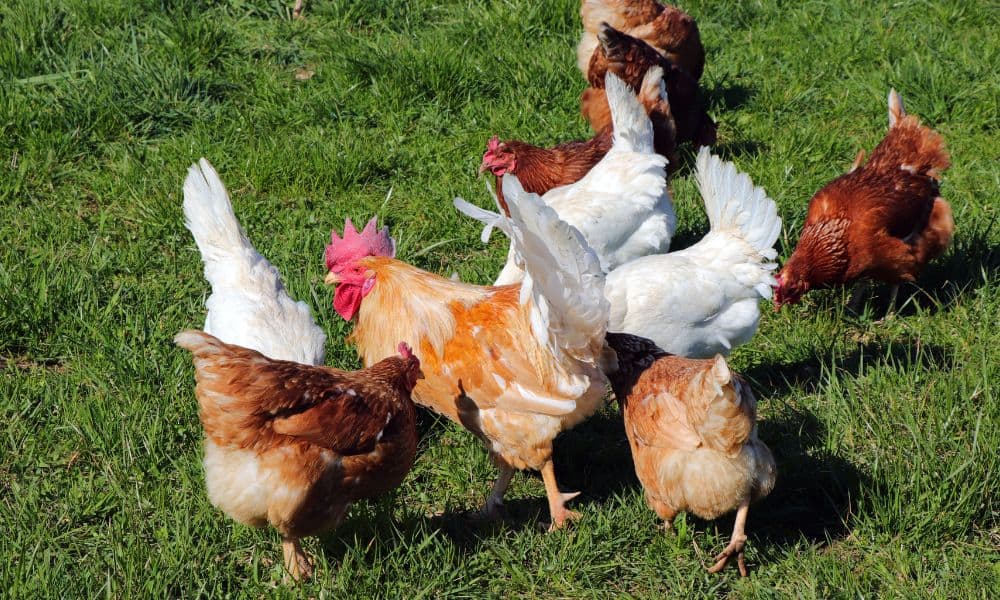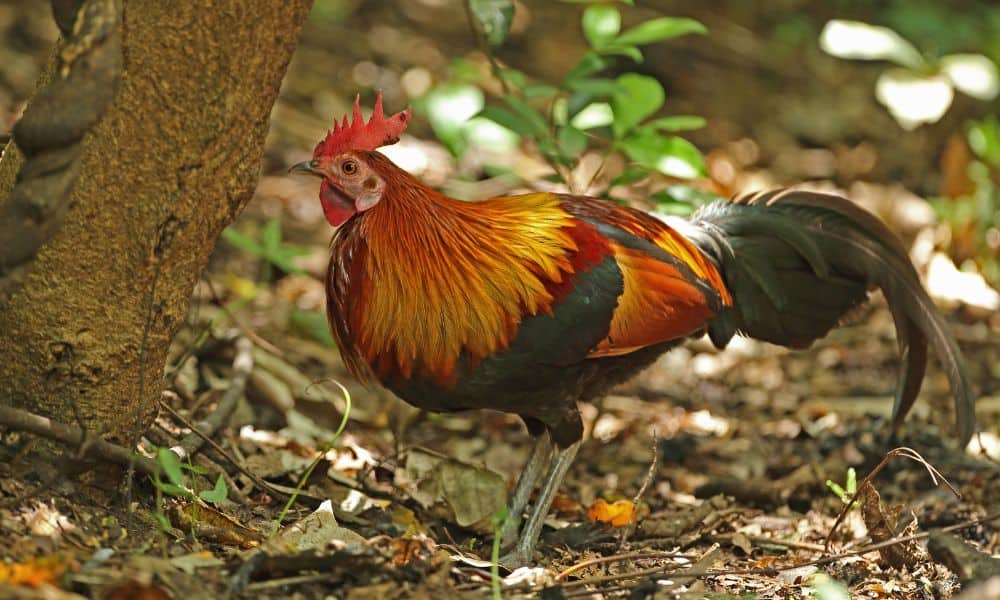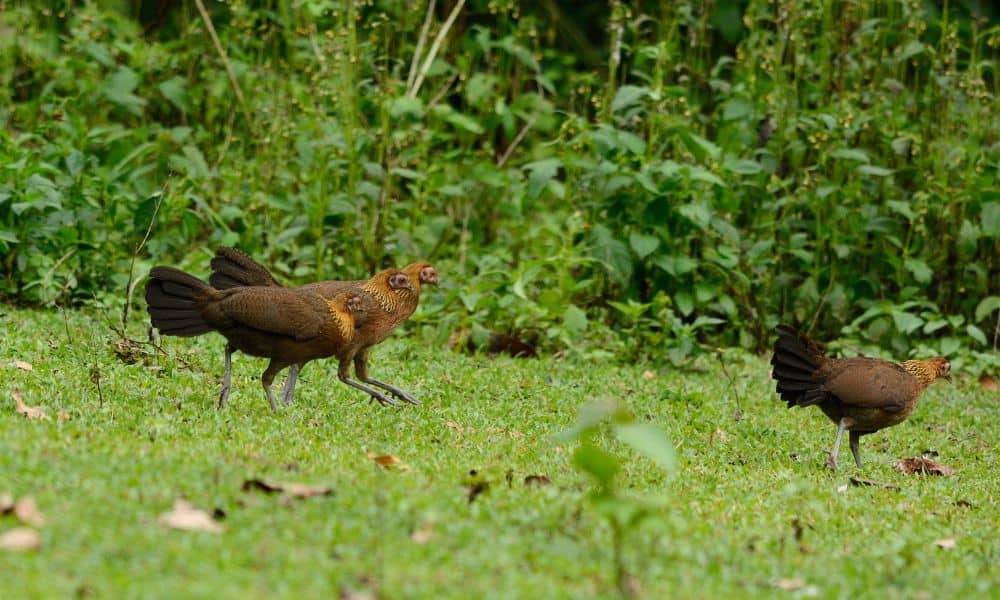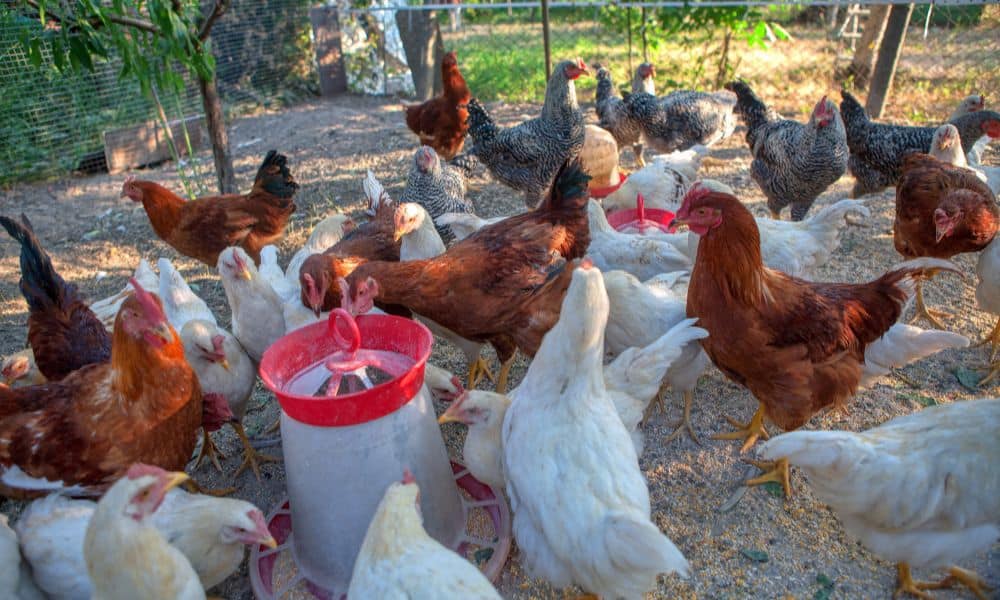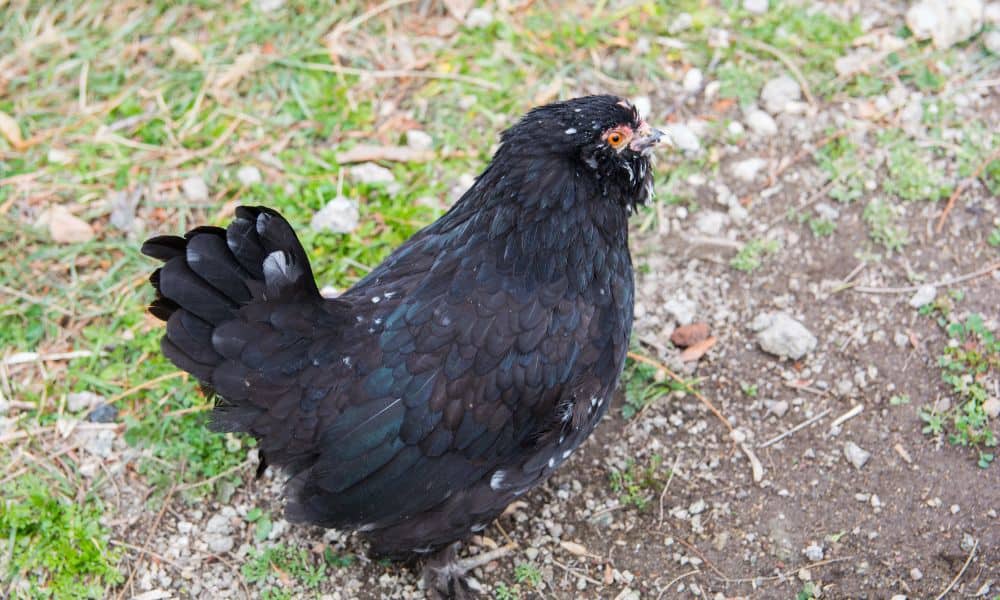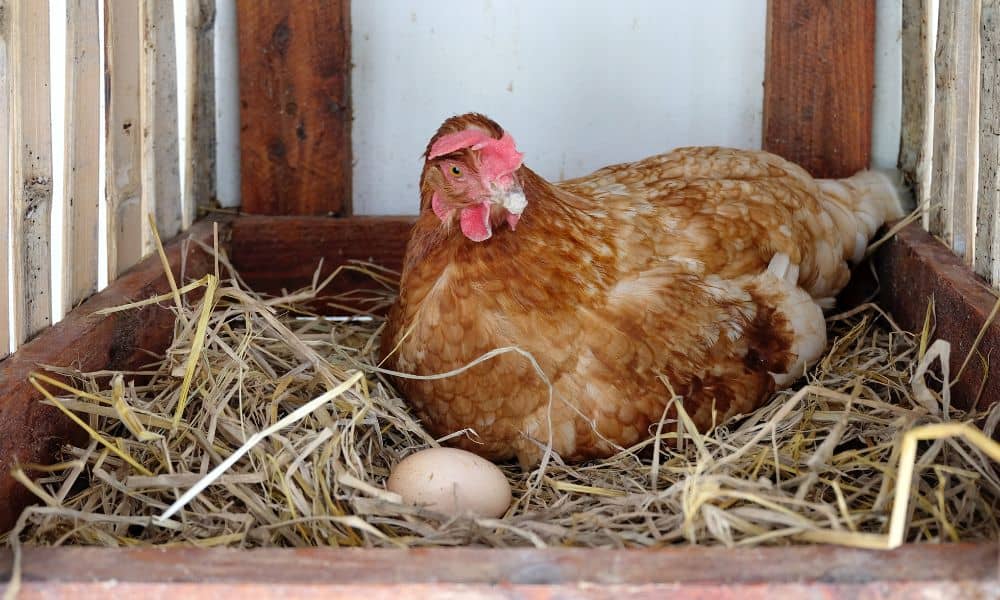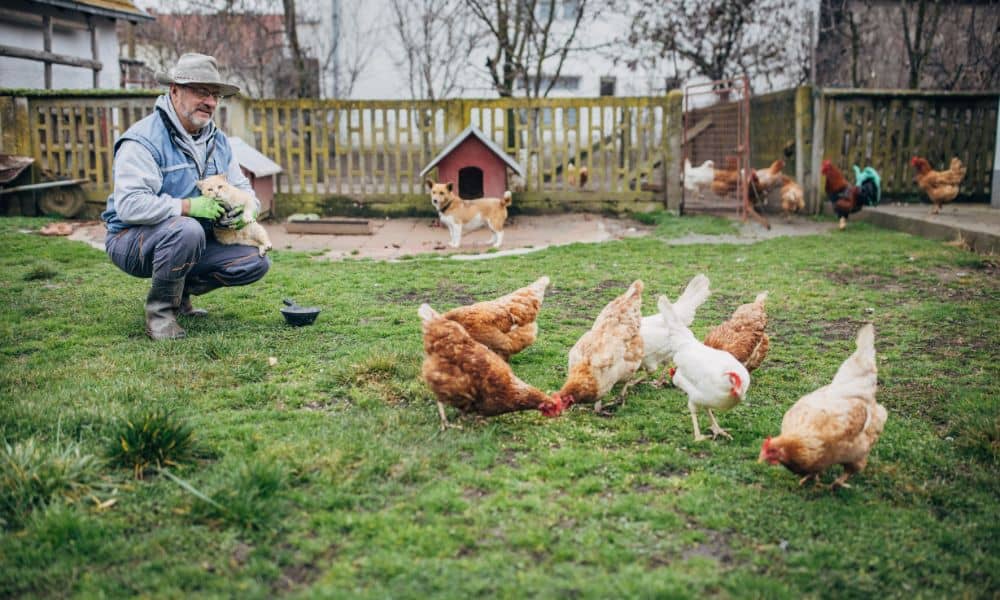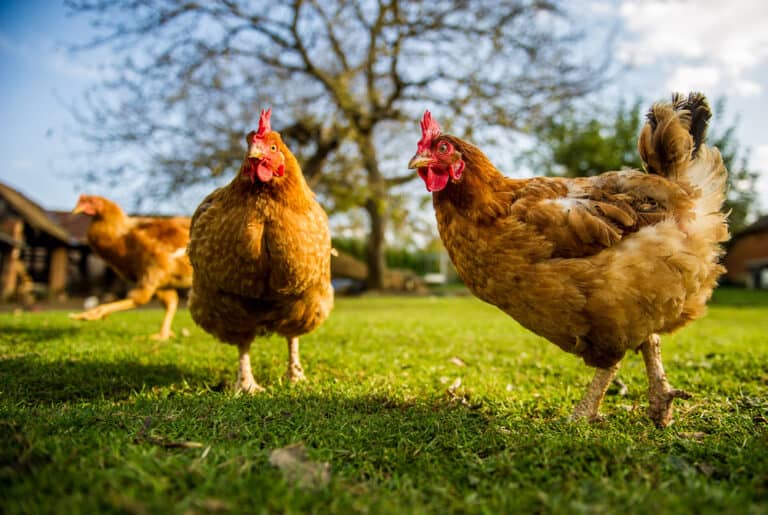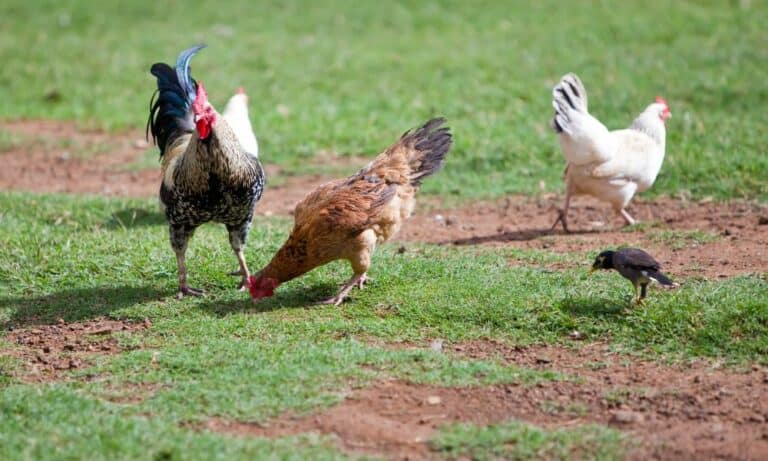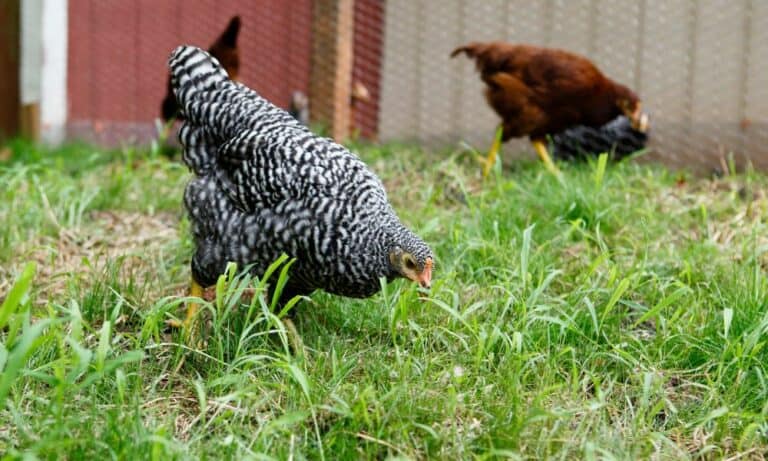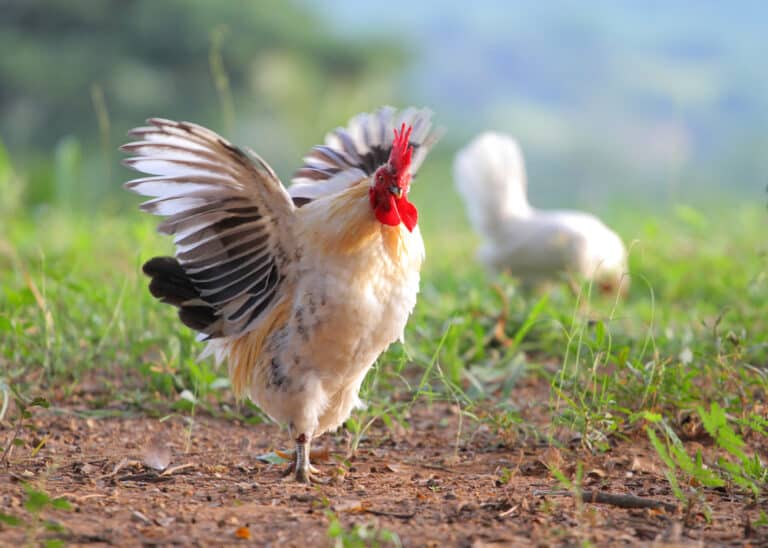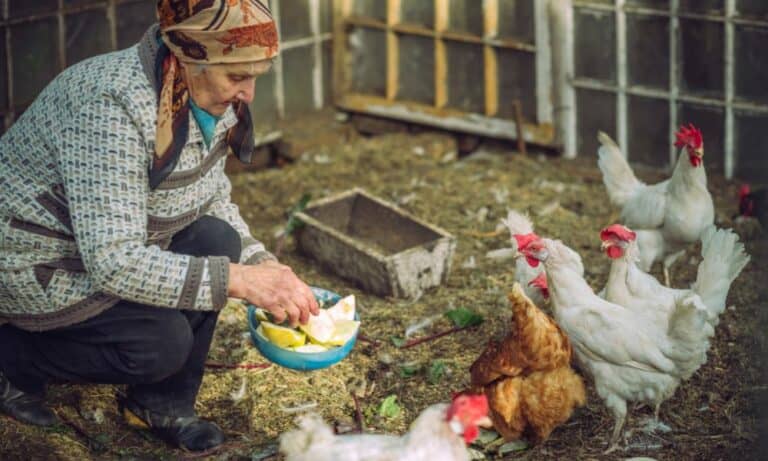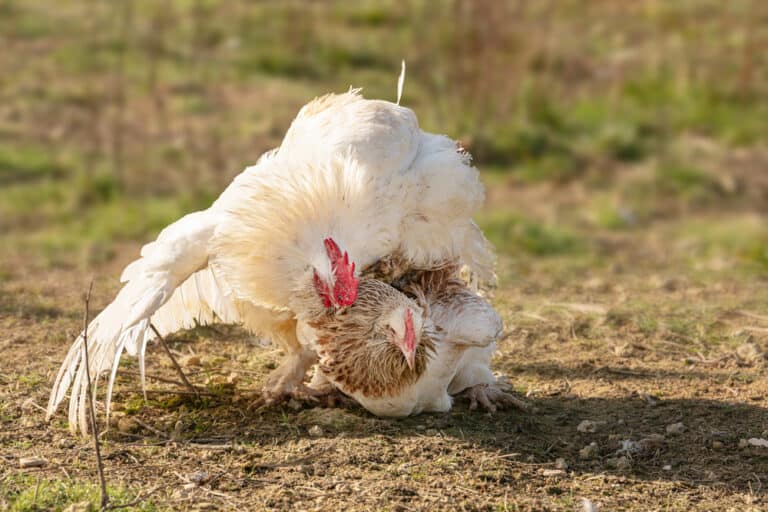Chickens are among the most widely kept livestock animal around the world, and they are also increasingly popular among urban and suburban residents who choose to raise them in their backyards for their eggs, meat or just their company.
But where did chickens originate? And how did they come to be so common around the globe? In this post, we have all the info you need as we answer the question, where did chickens originally come from?
Where Did Chickens Originally Come From?
Chicken ancestors
The bird we know as the chicken is a domesticated member of the genus Gallus, which also includes four wild species, red junglefowl, grey junglefowl, green junglefowl and Sri Lankan Jungle fowl.
Of these, domesticated chickens are thought to be primarily descended from red junglefowl, a species that ranges from parts of South Asia down into Southeast Asia.
Indeed, the domesticated chicken is considered a sub-species of red junglefowl rather than a species in its own right.
This is reflected in their scientific names – red junglefowl is known scientifically as Gallus gallus while the domestic chicken bears the Latin name Gallus gallus domesticus.
However, the other three junglefowl species are also thought to have contributed to the genetic makeup of domestic chickens at different points in the development of the modern bird, as we shall see in just a moment.
First domestication
The precise location where red junglefowl were domesticated is unknown, but it is believed to be somewhere in the region where southwestern China meets northern Thailand, western Laos and eastern Myanmar, and that’s where the story of the domesticated chicken begins.
The most widely held belief is that red junglefowl were domesticated somewhere in this region in a single event, and the domesticated birds then spread from there. However, another theory posits that up to three separate domestication events took place.
The date of domestication is also disputed.
Evidence from genomic studies suggests domestication happened over 6,000 years ago, but archaeological evidence points to an earlier date as long as 8,000 years ago. However, it is possible that the first domestication event took place even longer ago than that.
In any case, what’s clear is that at some point between around 6,000 and 10,000 years ago in the region in question, people began keeping red junglefowl, and the domesticated ancestor of the modern chicken was created.
Early spread
From the region where red junglefowl were first domesticated, they spread to China and then India, but again, there is some disagreement over the chronology.
According to the genomic evidence, domestic fowl reached China and India 2,000-3,000 years after domestication.
However, archaeological evidence suggests that after domestication in Southeast Asia over 6,000 years ago, these birds reached China by 6,000 years ago and then India by 2,000-3,000 years ago.
What we do know from archaeological evidence is that early on, these birds were probably not widely farmed for meat and eggs as they are today but rather were kept for ceremonial or ritual purposes.
We know this thanks to the bones of chickens that have been recovered from burials dating to this period along with clay chicken figurines from China and the mention of chickens in ancient Chinese texts.
The birds were also likely bred for cockfighting, a sport that remains popular in the region to this day.
Dispersal west
From Southeast Asia, China and India, chickens continued to spread west, and as they did, the domesticated birds descended from red junglefowl also interbred with the other three species of junglefowl.
For example, red junglefowl do not have the genes for yellow skin and shanks, and we now know that these genes in modern chickens come from grey junglefowl (Gallus sonnaratii), a species that is native to India.
Similarly, Sri Lankan junglefowl (Gallus lafayettii), from Sri Lanka, and green junglefowl (Gallus varius), native to various Indonesia islands, are also likely to have contributed to the development of the modern chicken – although perhaps less so in the case of the latter.
Chickens began appearing in West Asia and the Near East by the second and third millennia BCE and are attested in Syria by 2,000 BCE.
We know they were being used for cockfighting in Egypt by 1,400 BCE, although they weren’t commonly bred for meat or eggs until much later, around 300 BCE.
Up until this point, it seems that chickens were still not kept as a major livestock animal, but it appears that things began to change once these birds reached Europe.
Arrival in Europe and further domestication
It is thought that chickens first reached Europe with the Phoenicians, a seafaring civilization that was centered on the region of the Levant.
With them, chickens travelled into eastern Europe and then on as far as the Iberian Peninsula. From around the fourth to the second centuries BCE, we have evidence of chickens being bred for food, first in the Levant and then in Europe at least 100 years later.
We have evidence that chickens were widely kept in the Roman Empire, and it’s possible that the Empire helped accelerate their spread to other parts of the continent.
We also know that the Romans were among the first to practice selective breeding to make them more suitable as domestic animals.
Later, by the High Middle Ages, domestic chickens had become less aggressive than the fowl that originally arrived in Europe and were more productive in terms of providing eggs.
By then, they had become established as an important part of the continent’s livestock, and it is also thought that the Vikings carried chickens with them when they set off to colonize Iceland at around the same time.
Spread to the Americas
Like much about the history of domesticated chickens, there is also some debate about when and how chickens first reached the Americas.
The standard version of the story states that chickens arrived in the Americas with the first Europeans from the end of the fifteenth century.
However, another theory is that chickens had previously arrived in South America much earlier via the Pacific route.
Evidence for this is an unusual chicken species from Chile, the Araucana, a bird with significantly different morphology from any other known breeds. For example, the Araucana often displays fluffy ear tufts and has no tail or tailbone, and it also lays rare blue-shelled eggs.
According to this theory, at the same time chickens were first making their way towards China and India, they were also moving in the other direction with Austronesians who were taking them into Island Southeast Asia.
For this, we have firm evidence, but the evidence that they then carried chickens further into the Pacific and ultimately on to South America is far from conclusive, and the matter hasn’t yet been settled either way.
Egg-laying hybrids
Although the precise details of the origins, domestication and spread of Gallus gallus domesticus may never be fully understood, the essentials of the story of how the modern chicken spread from its native Southeast Asia around the world is well known.
However, although selective breeding was already taking place in Roman times, and more docile, productive breeds already existed in Europe by around the eleventh century, modern chicken breeding and rearing practices are relatively new.
Nowadays, domestic chickens belong to one of three broad categories – egg breeds, meat breeds (known as “broilers”) and dual breeds that are kept for both eggs and meat.
An important development occurred in the early 20th century when Henry A. Wallace, a farmer and businessman (and also 33rd vice president of the United States under Roosevelt) from Iowa began experimenting with hybrid chickens.
Wallace had already met with success growing hybridized forms of corn, greatly increasing yields, and he decided to try a similar technique with chickens.
His experiments paid off, and nowadays, although purebred chickens can be used for egg-laying, hybrids are far more productive, sometimes producing upwards of 300 eggs a year.
Modern chickens today
Nowadays it is estimated that there are around 50 billion chickens worldwide, mostly reared for egg production and meat.
There exist in a huge variety of breeds, and in recent years, keeping backyard egg-laying chickens or chickens as pets has exploded in popularity.
This is partly because they are easy animals to keep – something that doubtlessly contributed to their initial dispersal around the world – and partly because they give their owners access to a constant supply of fresh, organic eggs.
But their popularity is also doubtless in part due to their friendly, docile nature, making them a cute and fun animal to have around the house.
A humble bird that conquered the world
As we have seen, from humble beginnings in the jungles of Southeast Asia, over many millennia, the red junglefowl was gradually transformed into the modern chicken and eventually spread across the globe.
So if you raise chickens, either for meat, eggs or just companionship, the next time you look at your birds, you will be able to contemplate the long history and fascinating journey they made to reach your home.

